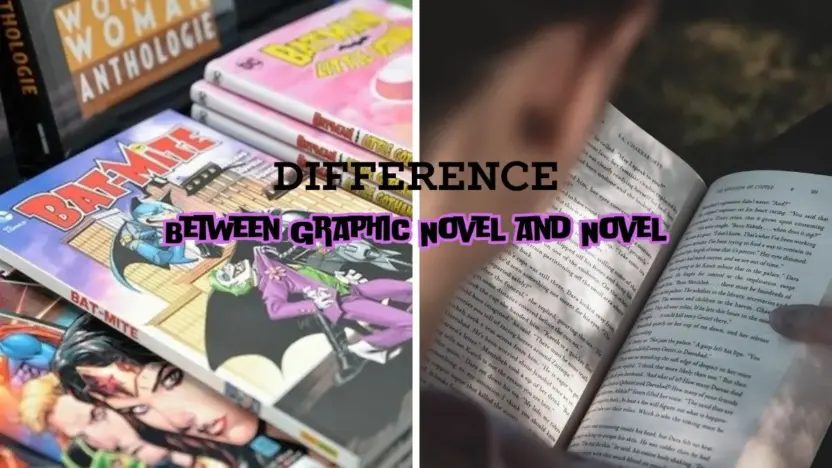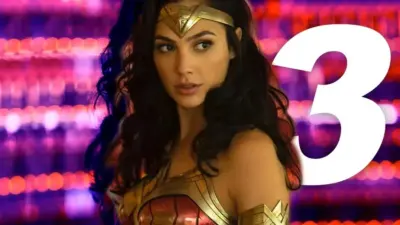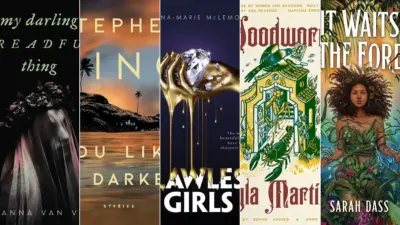In the diverse world of storytelling, different mediums offer unique ways to experience narratives. Two popular forms are graphic novels and traditional novels, each presenting its own unique set of features and engagement methods. While both are celebrated for their storytelling capabilities, they cater to different preferences and senses. This blog post explores the difference between graphic novel and novel, shedding light on their characteristics, appeal, and how they each fit into the literary landscape.
Difference Between Graphic Novel and Novel
Graphic Novels
Visual Storytelling
Graphic novels are a compelling blend of art and literature, where stories are told through a combination of text and illustrations. These visuals are integral, not just complementary, providing depth and movement to the narrative. Graphic novels encompass a range of genres, from superhero tales and fantasy to non-fiction and historical narratives.
Artistic Expression
The art in graphic novels is not just illustrative but is often a narrative device in itself. Artists use color, panel composition, and visual pacing to convey emotions, time passage, and shifts in tone. This visual component can make complex stories more accessible and engaging, especially for visual learners or those less inclined to engage with traditional text.

Novels
In-depth Textual Exploration
Novels are written works that rely solely on text to weave narratives, develop characters, and build worlds. Without visual elements, novels delve deeper into the psychological aspects of characters and subtleties of the plot through detailed descriptions and nuanced dialogue.
Literary Techniques
Authors of novels employ various literary techniques such as metaphors, allegories, and foreshadowing to enhance the narrative. The lack of visual aids means that all scenery, character appearances, and actions are described, leaving much to the reader’s imagination, which can create a deeply personal connection to the material.
Comparing Graphic Novels and Novels
| Feature | Graphic Novel | Novel |
|---|---|---|
| Medium | Text and illustrations | Text only |
| Storytelling | Visual and verbal | Primarily verbal |
| Accessibility | Often more accessible and engaging | Requires more imagination and focus |
| Audience Engagement | Instantly engaging through art | Engages through narrative depth |
| Pace | Can be quicker due to visual elements | Typically slower, more nuanced |

Explanation of Differences
Medium and Storytelling:
The most apparent difference is the medium. Graphic novels integrate art, making them more visually oriented, whereas novels rely solely on text. This fundamental difference affects how stories are told—graphic novels use visuals to quickly establish settings or characters, while novels take time to develop these through descriptive text.
Accessibility and Engagement:
Graphic novels often appeal to those who might find traditional novels challenging or daunting. They make it easier to grasp complex stories or unfamiliar settings through visuals. On the other hand, novels require readers to construct the visual world themselves, which can enhance engagement for those who enjoy using their imagination.
Pacing:
The presence of images in graphic novels often allows for a faster pace, as readers can absorb visual information more quickly than text. Novels, by contrast, tend to unfold more slowly, offering a deeper, more immersive experience as readers savor the text and its subtleties.
Also Read: Difference Between Mystery and Suspense



